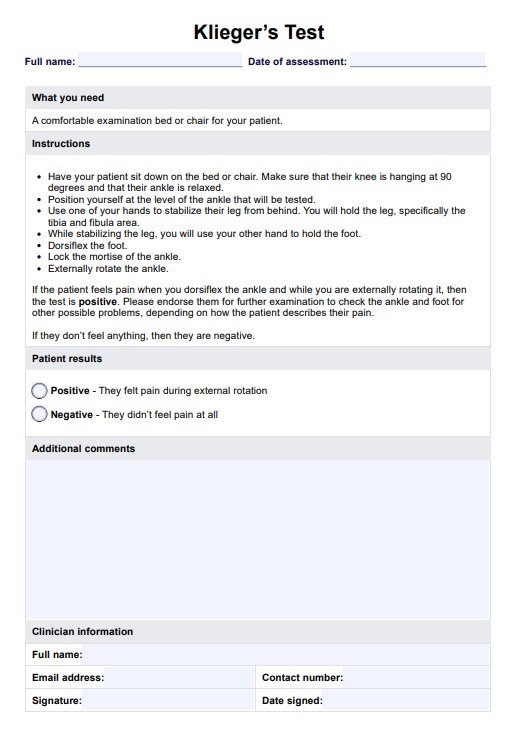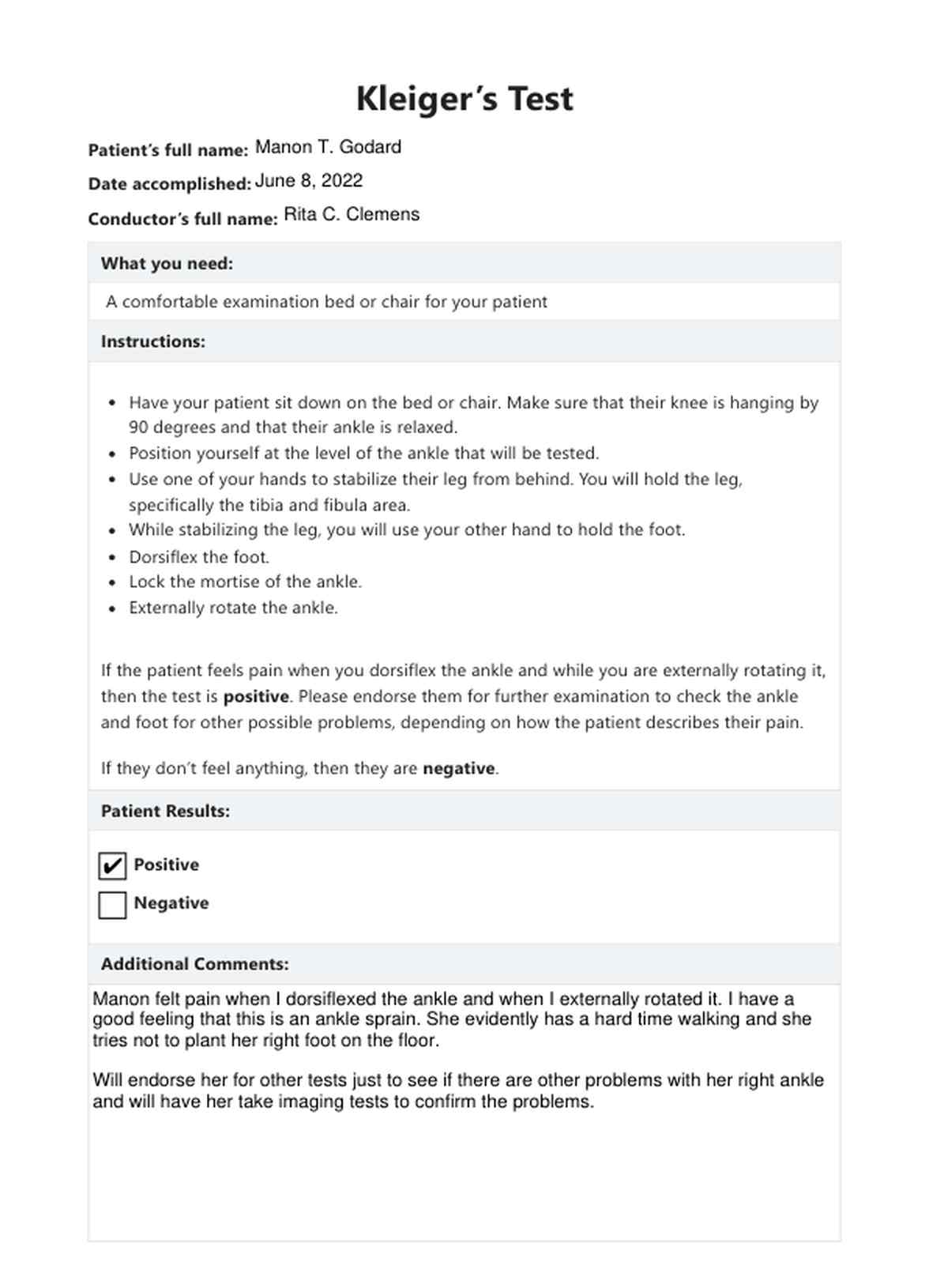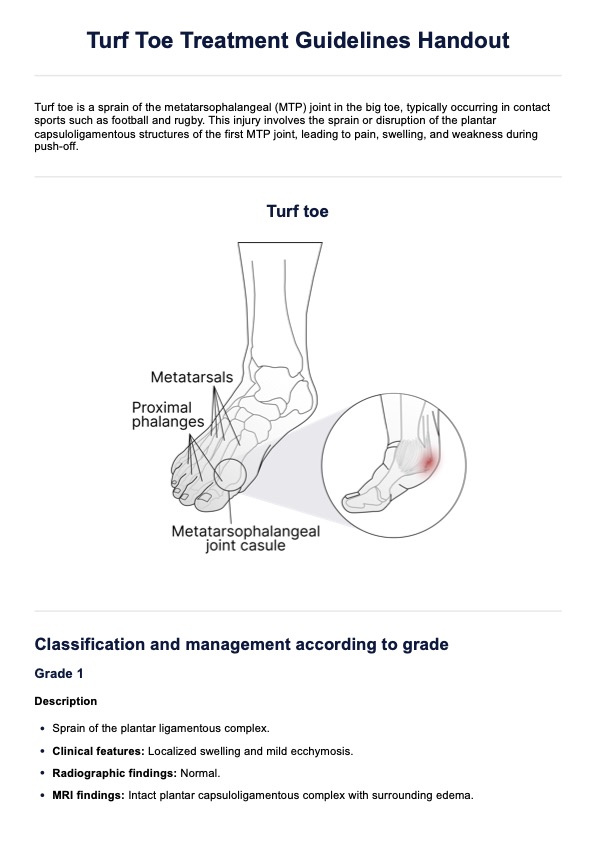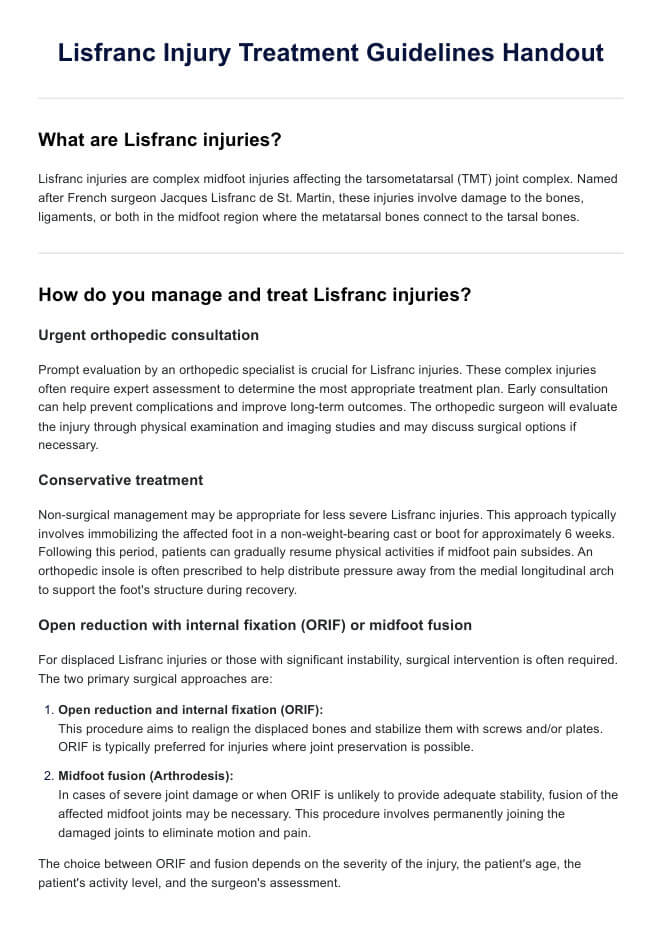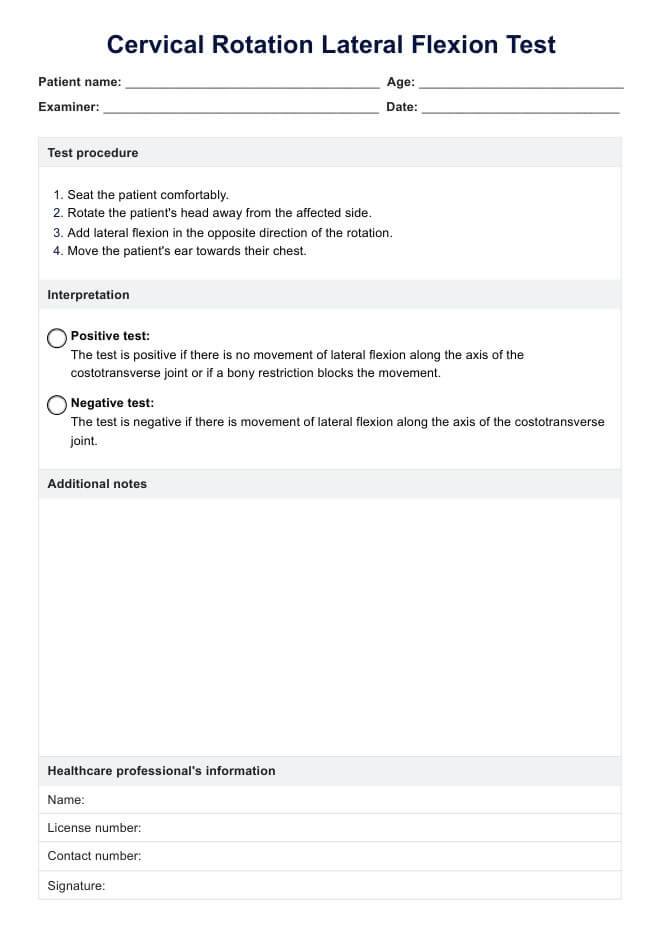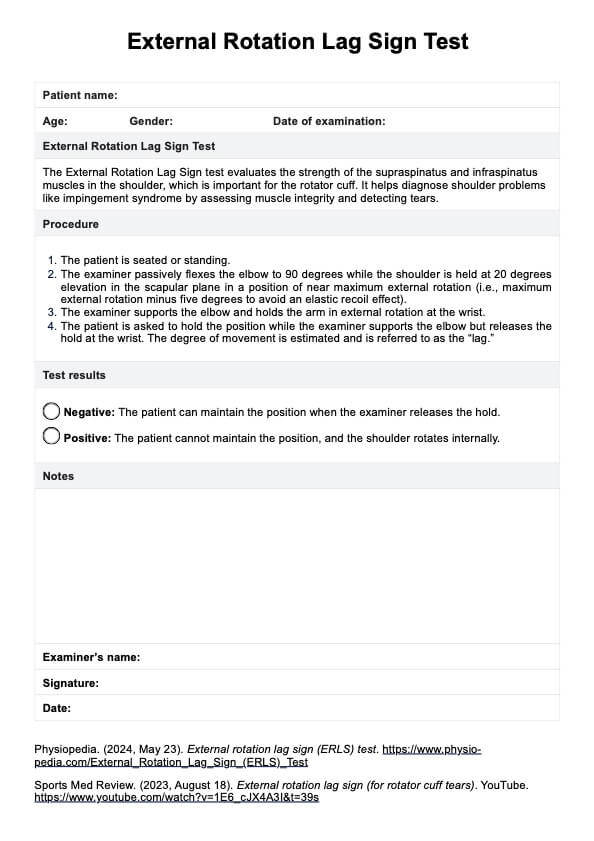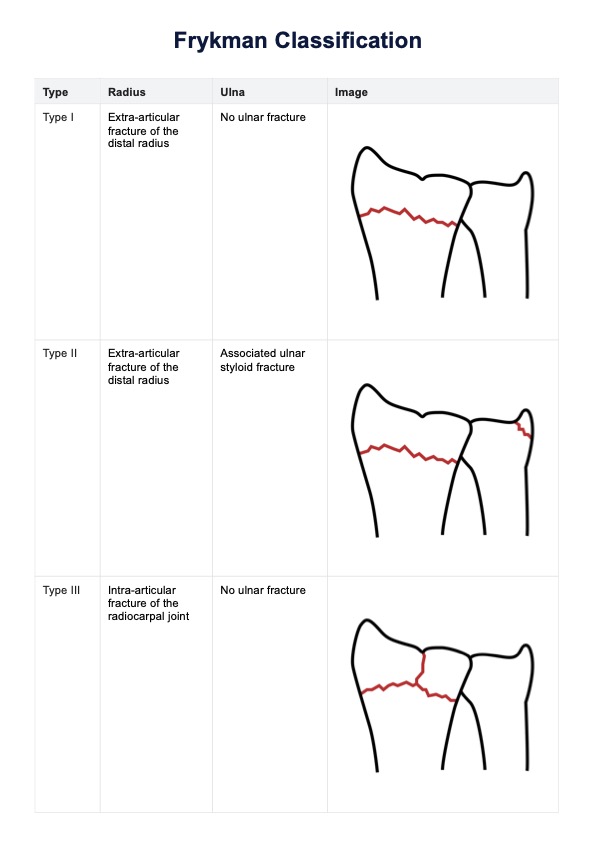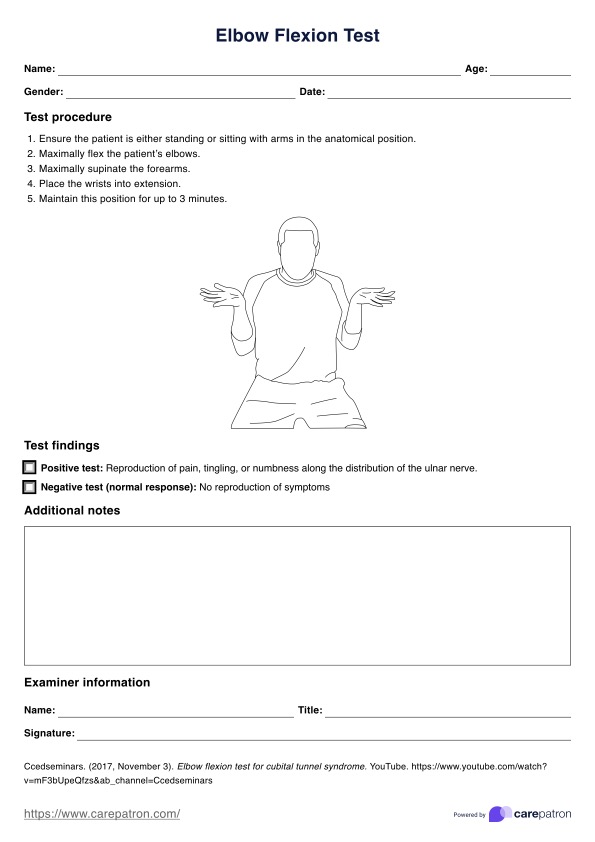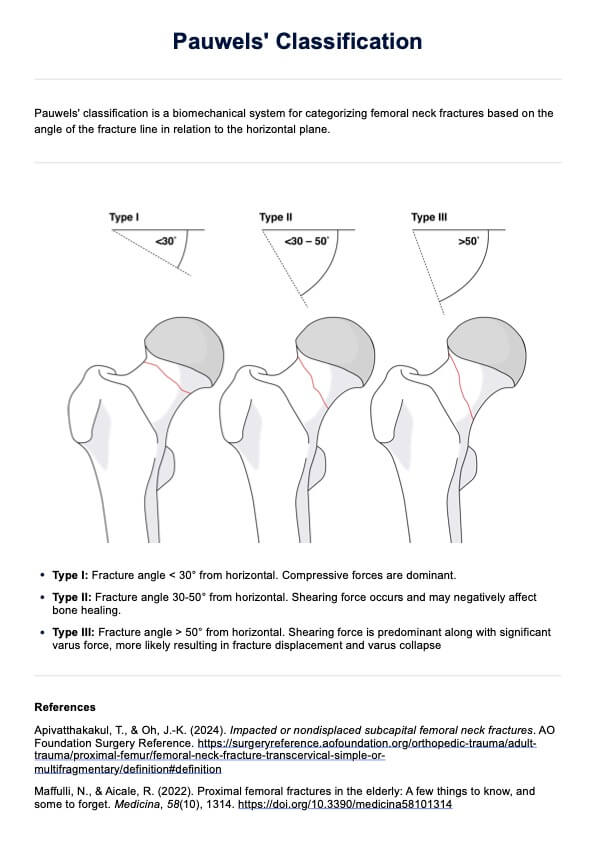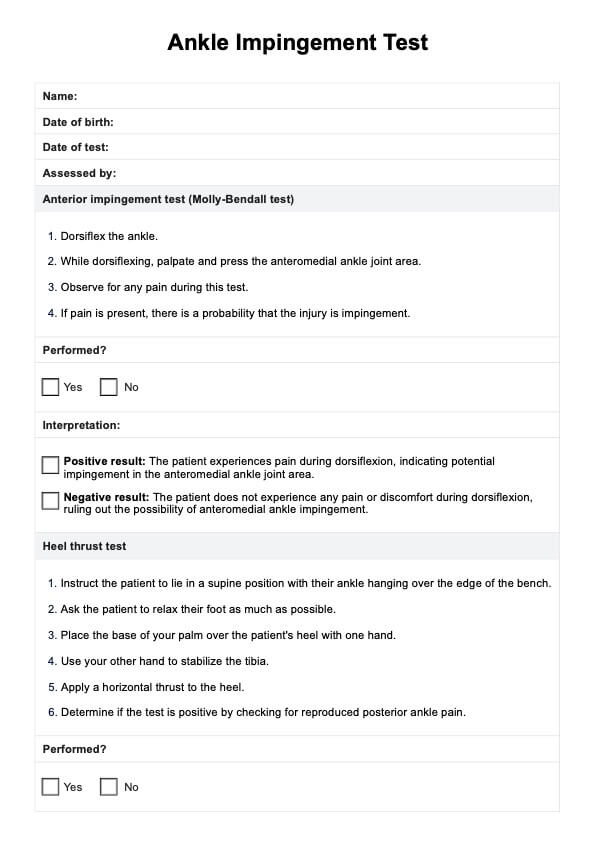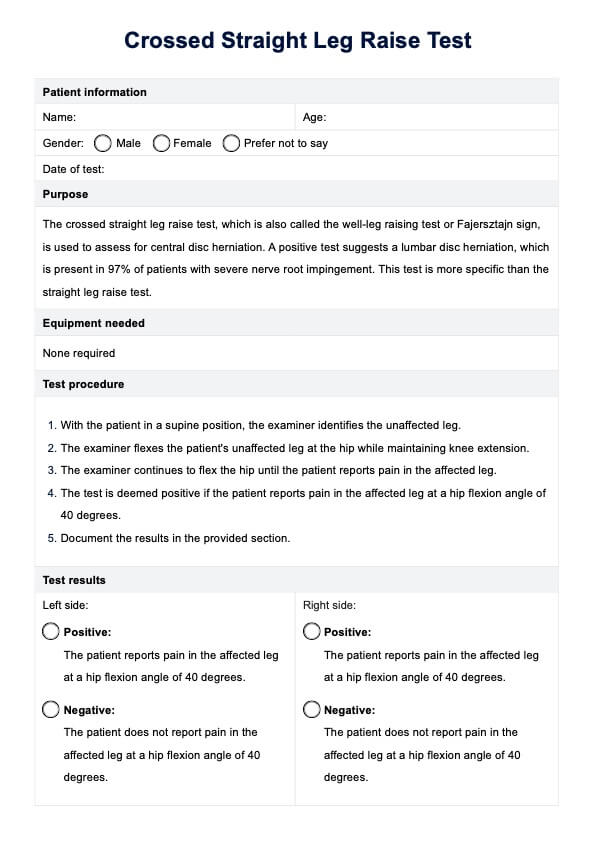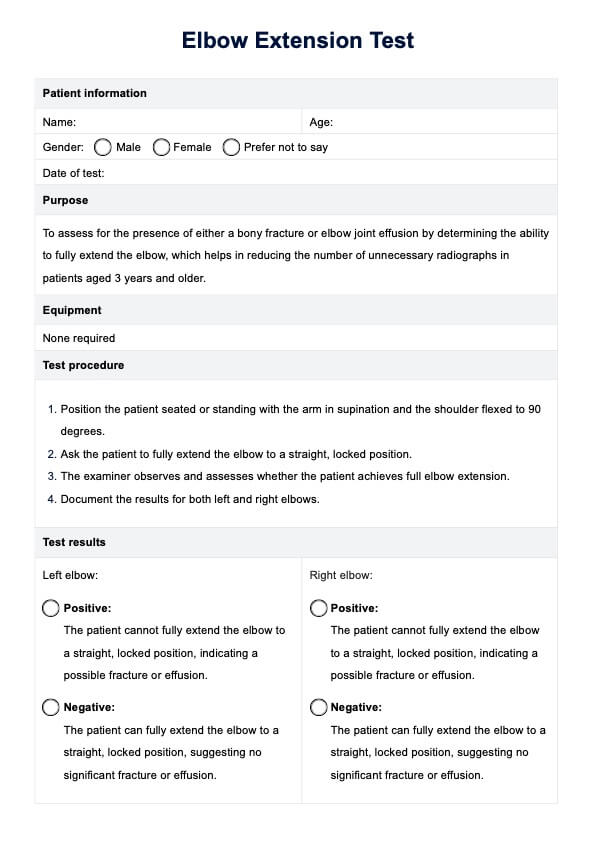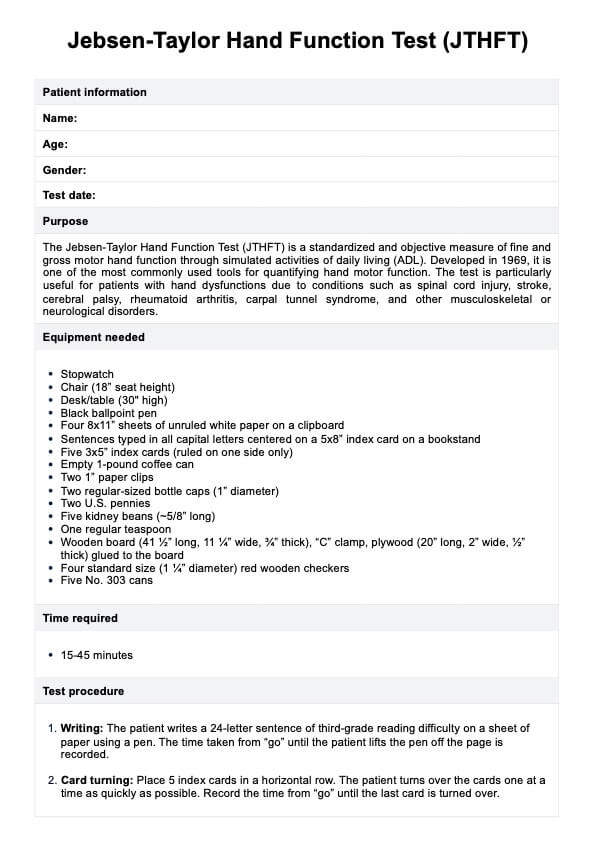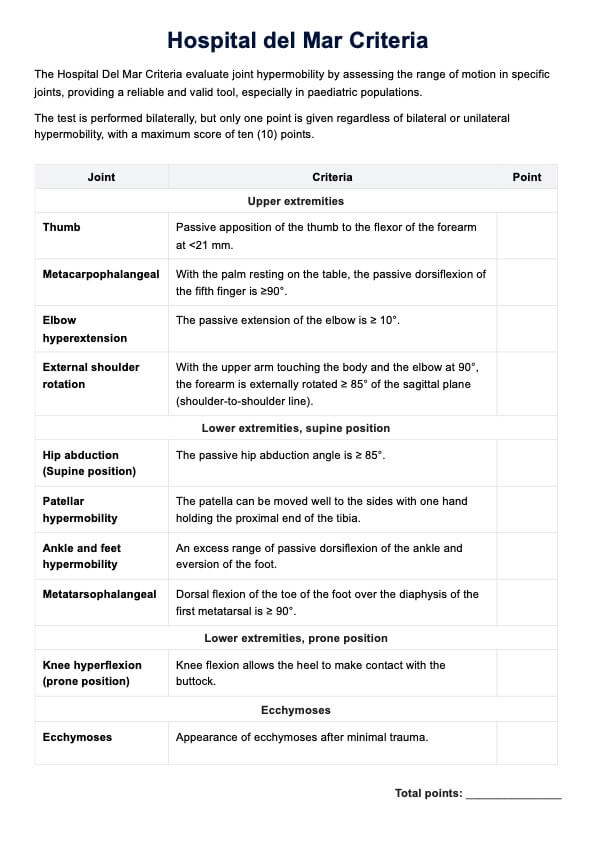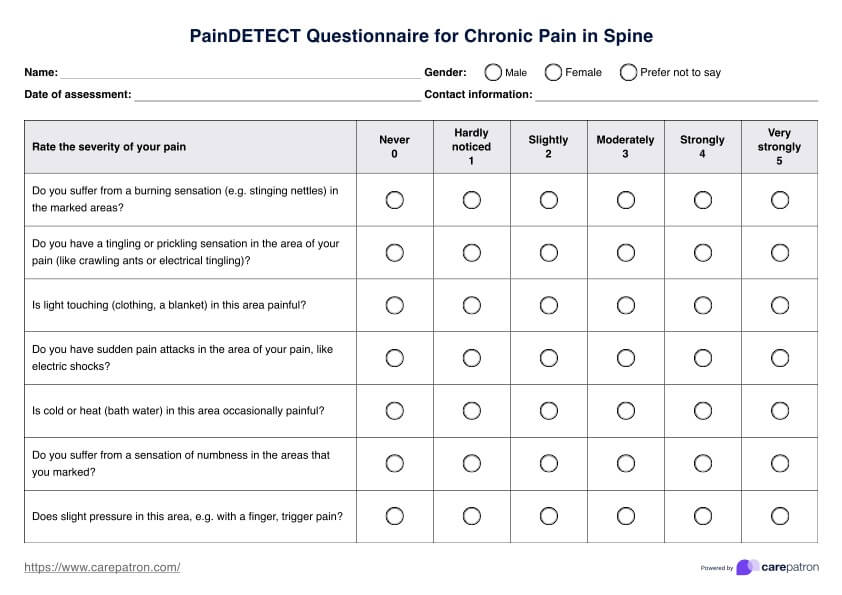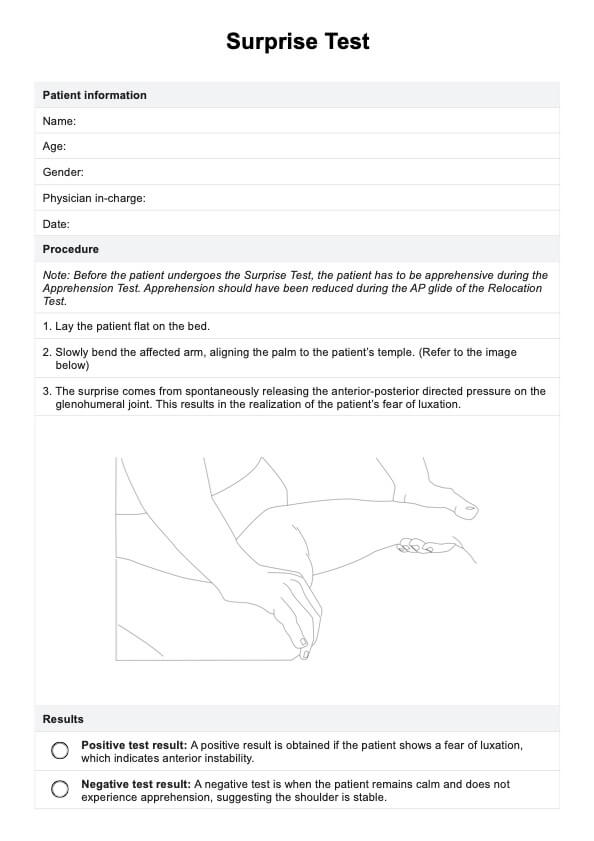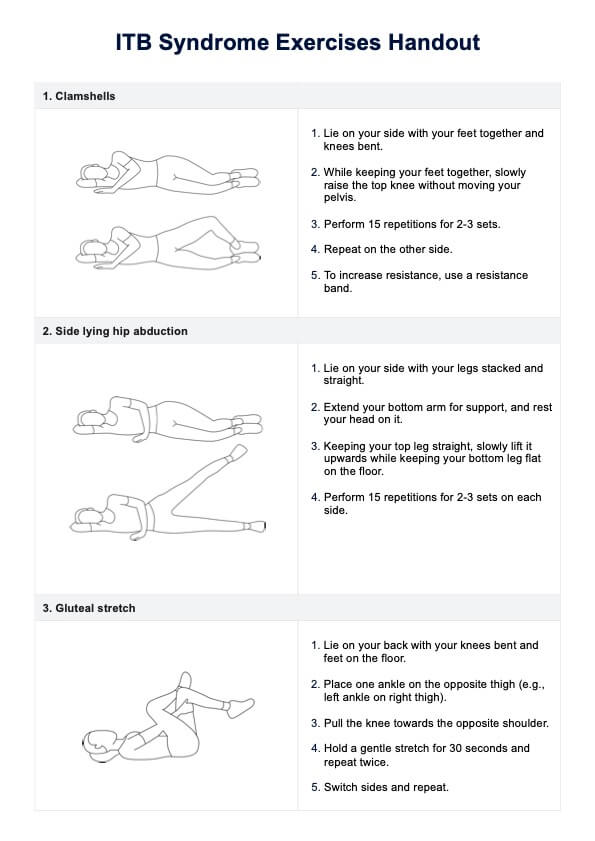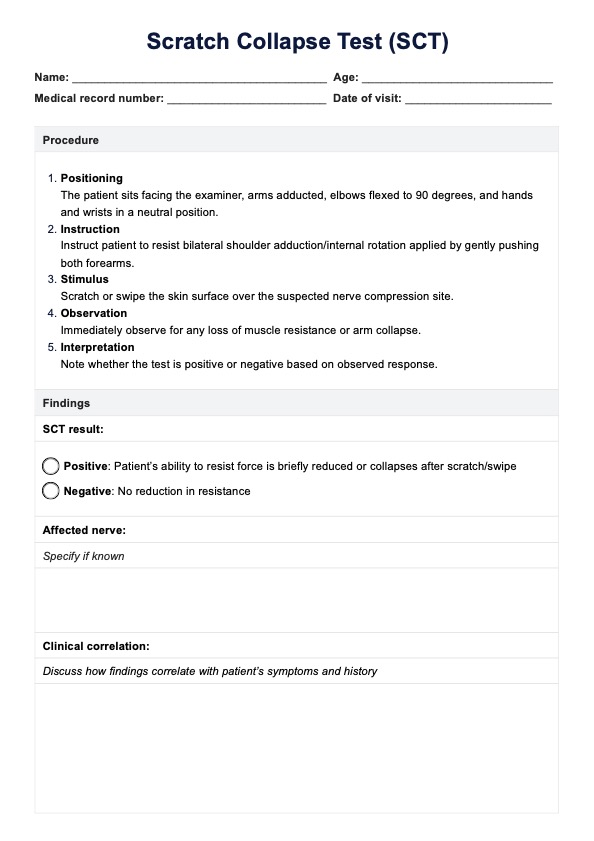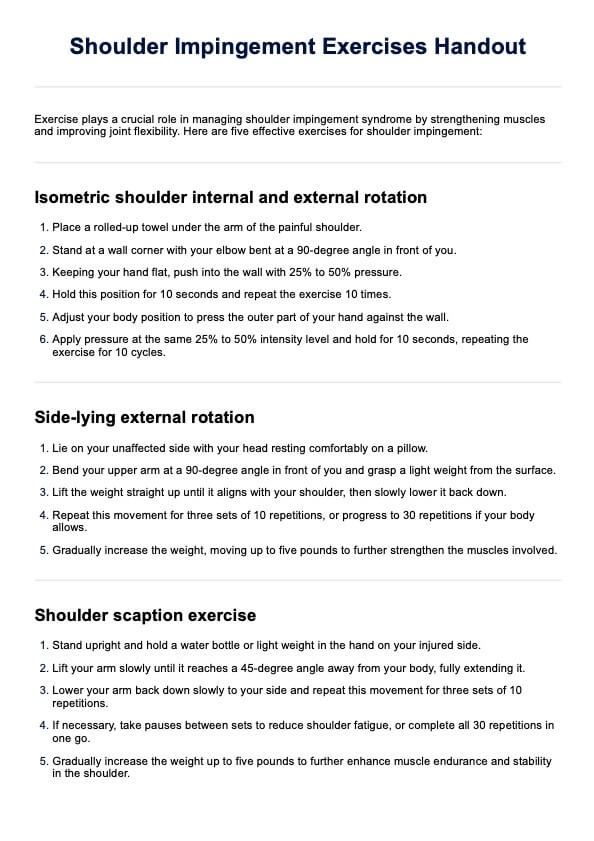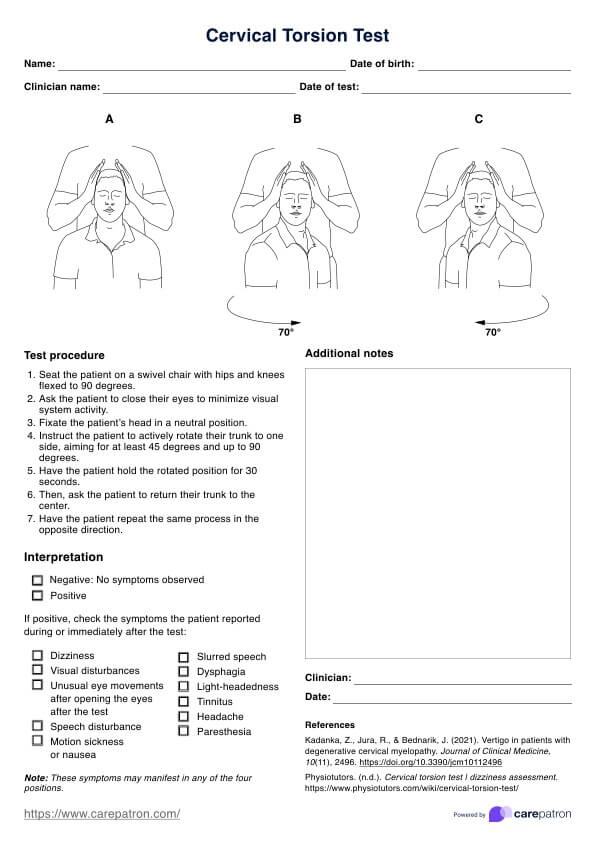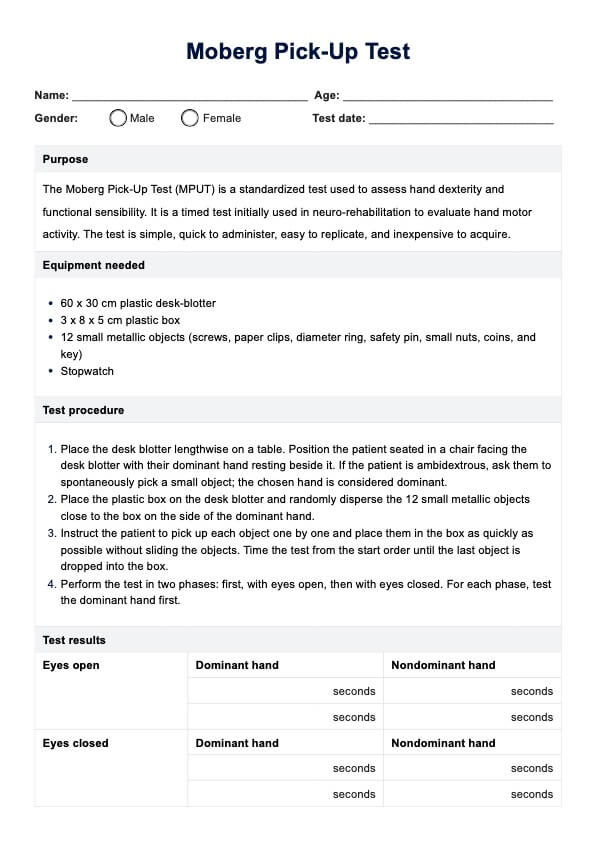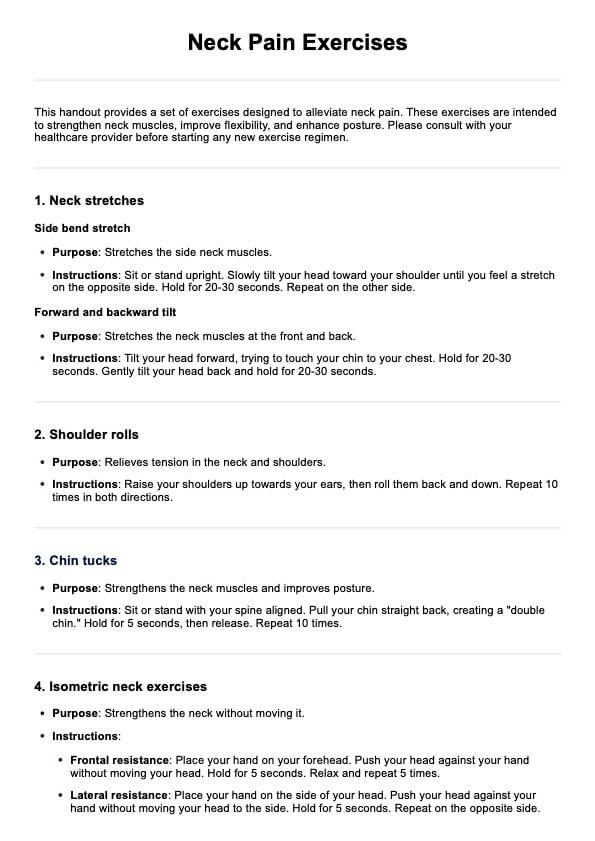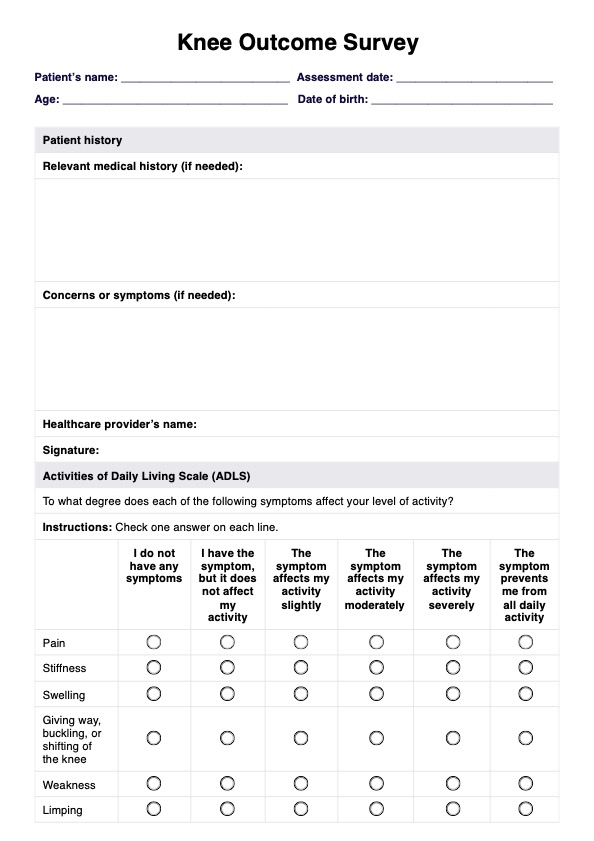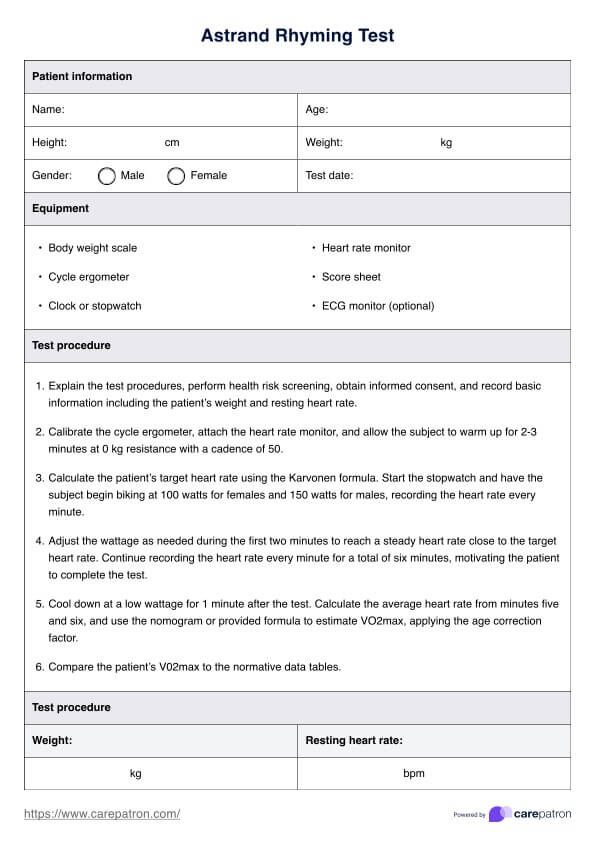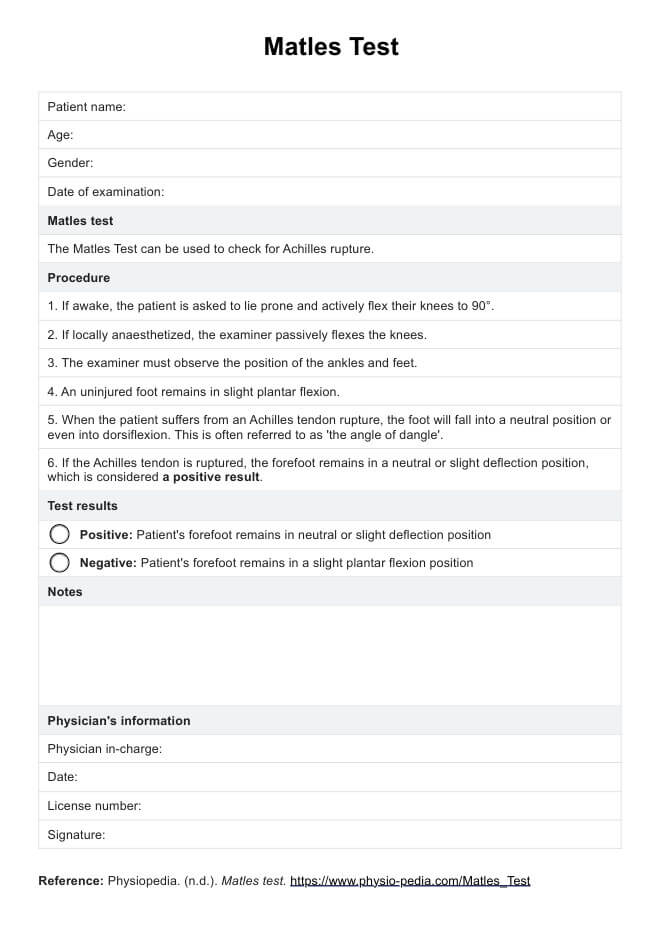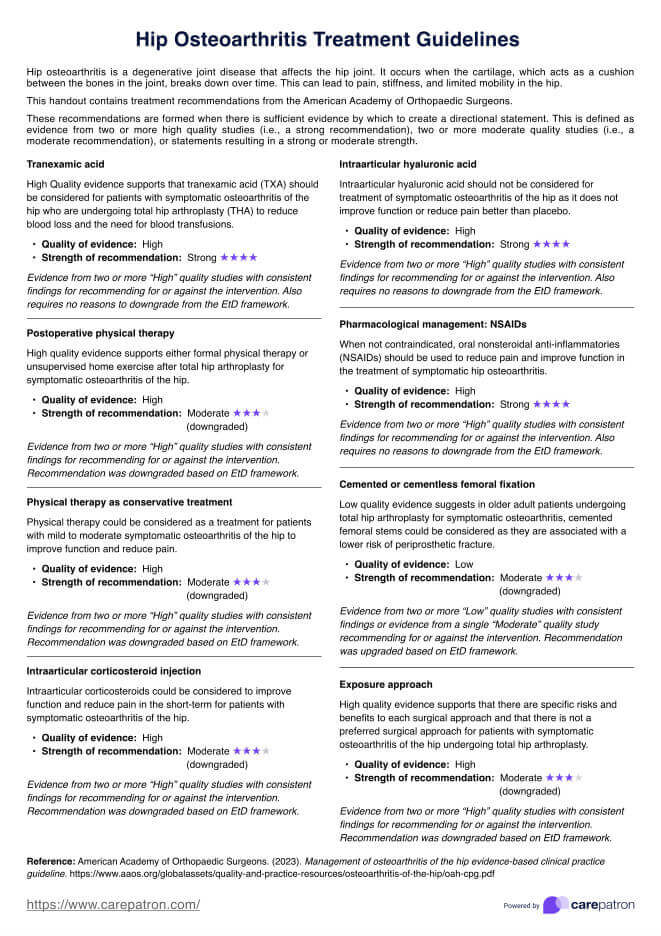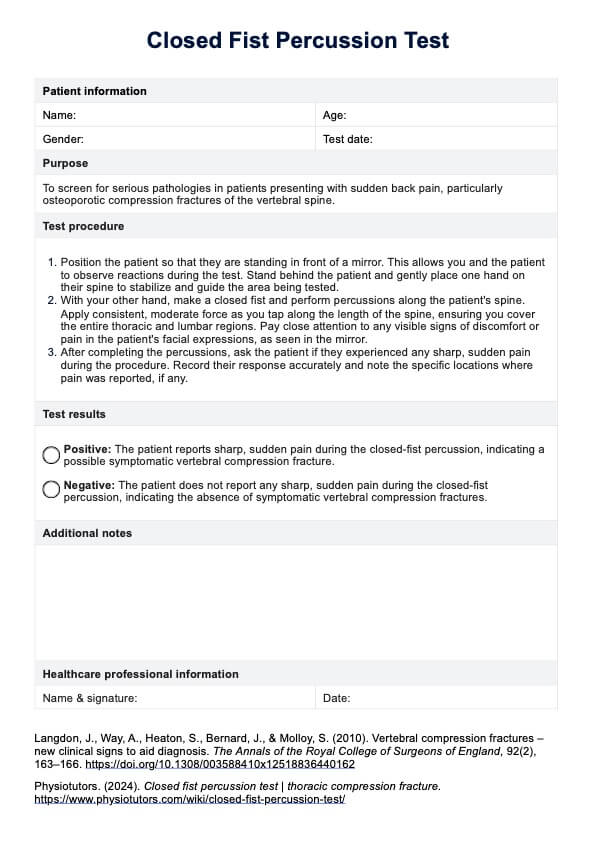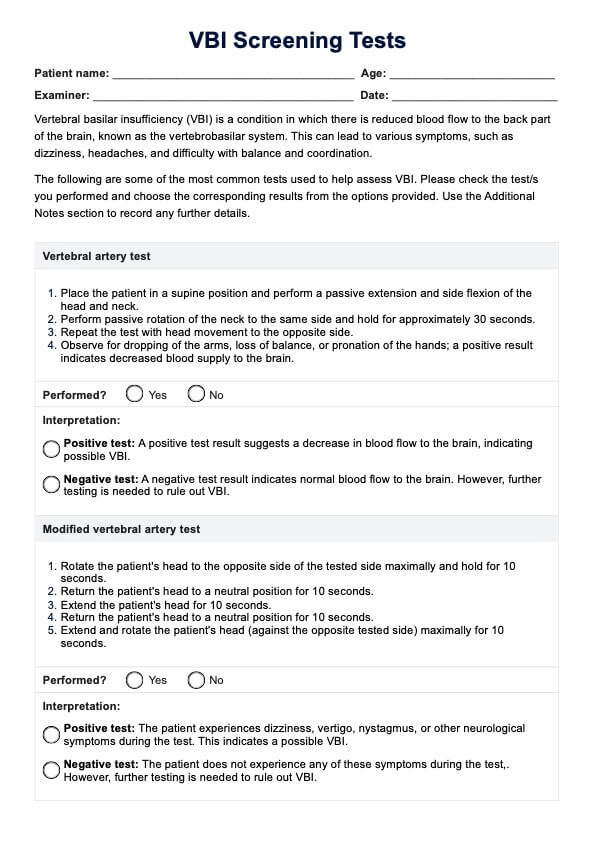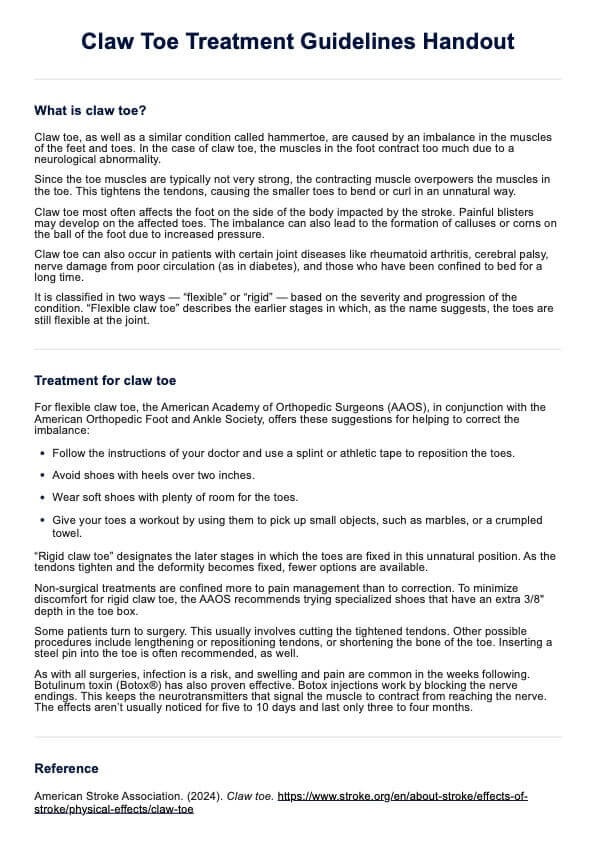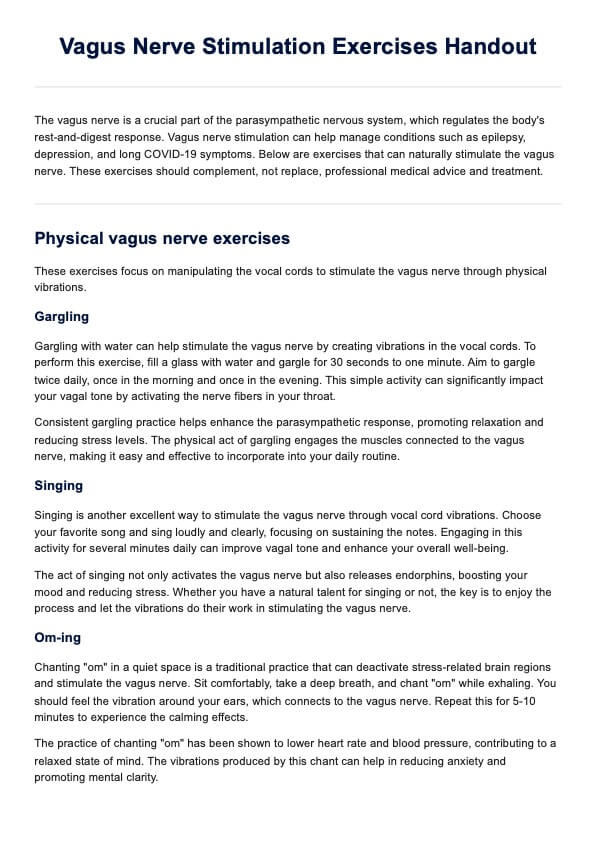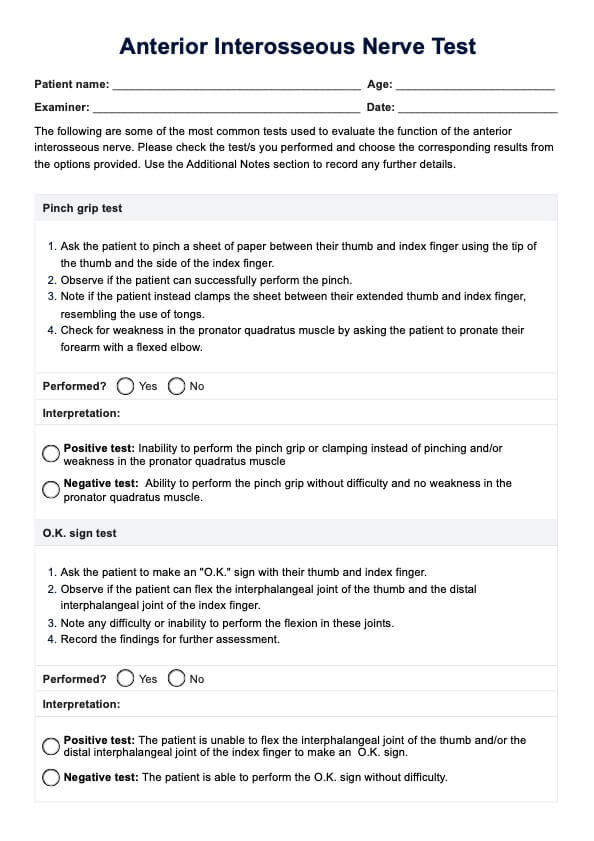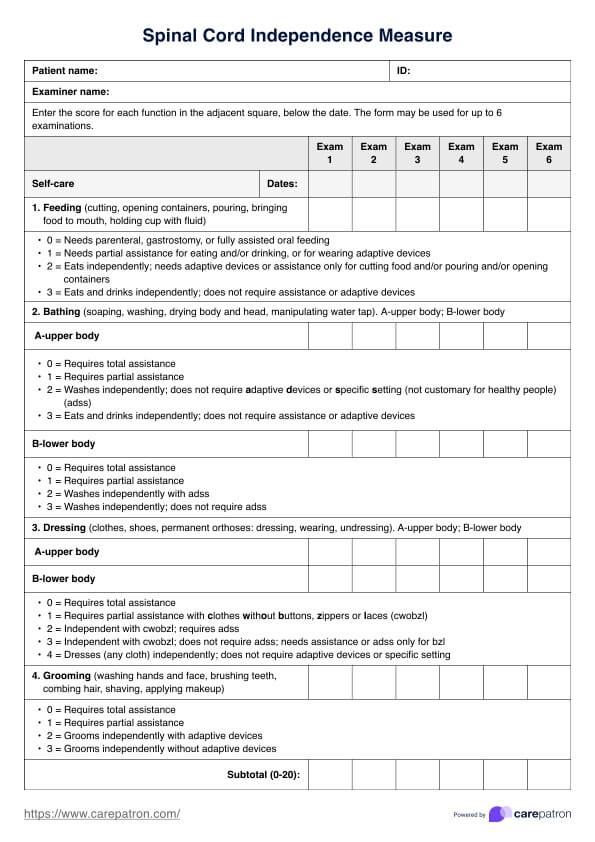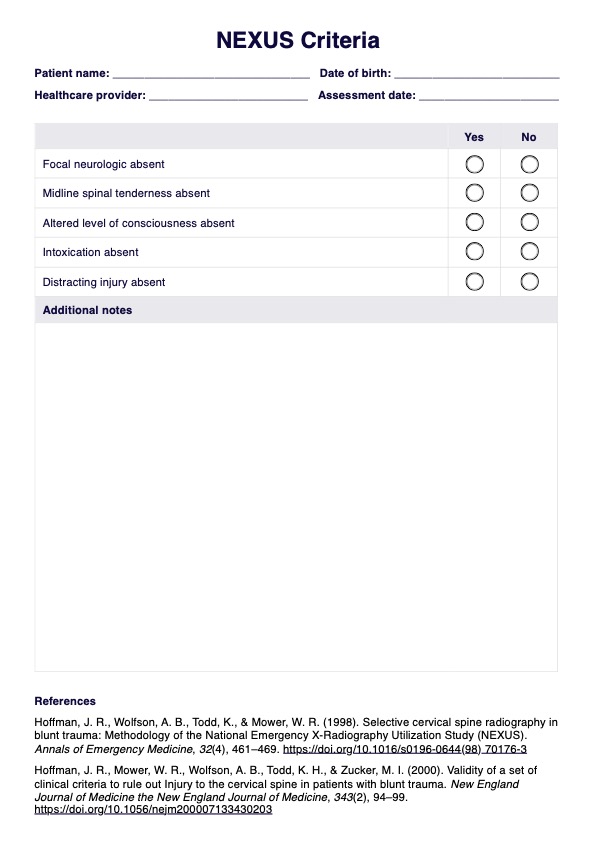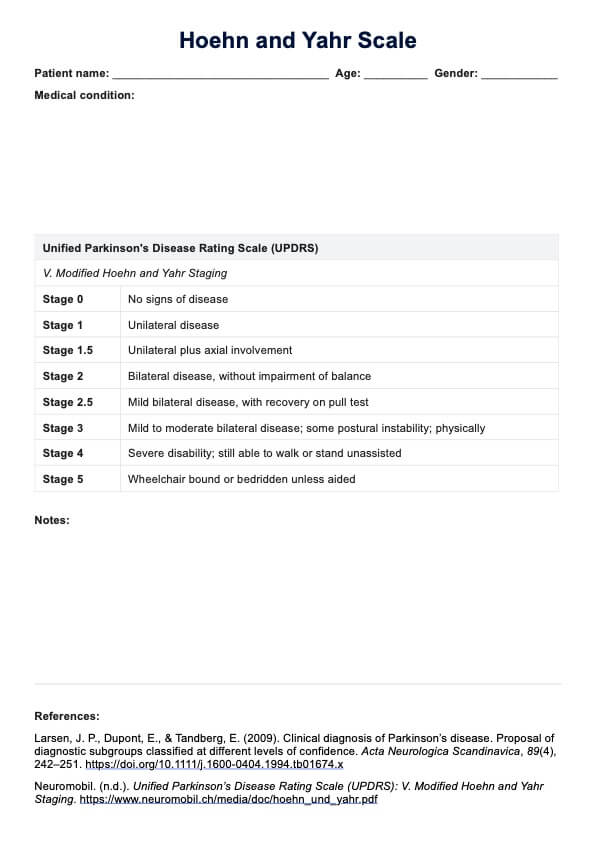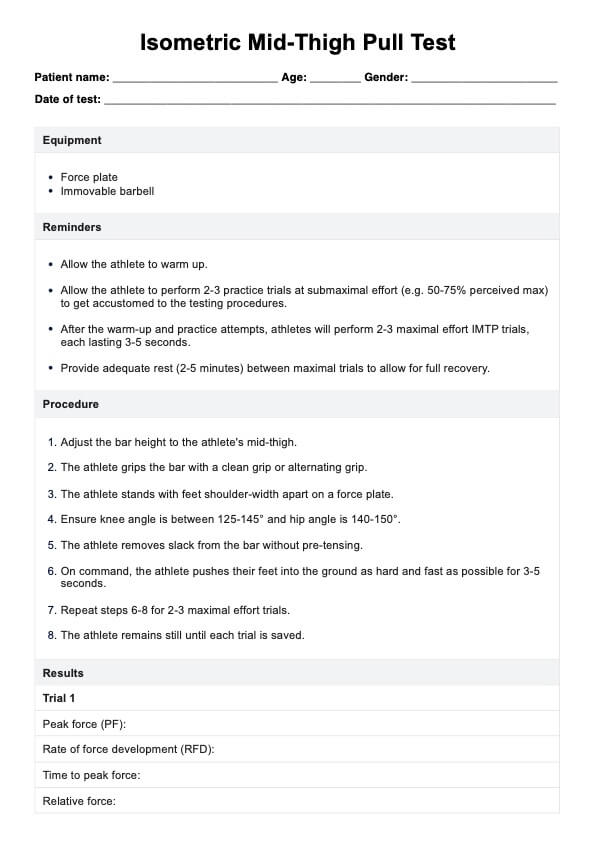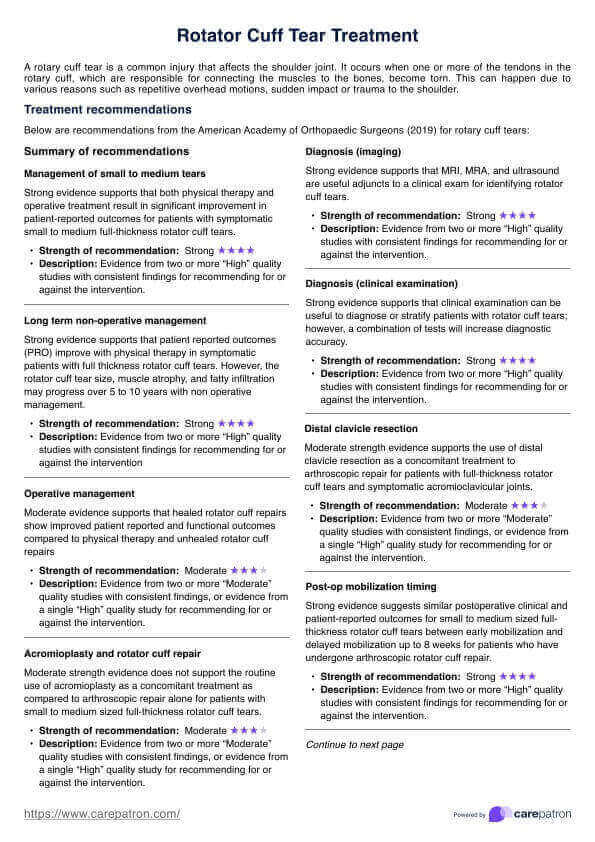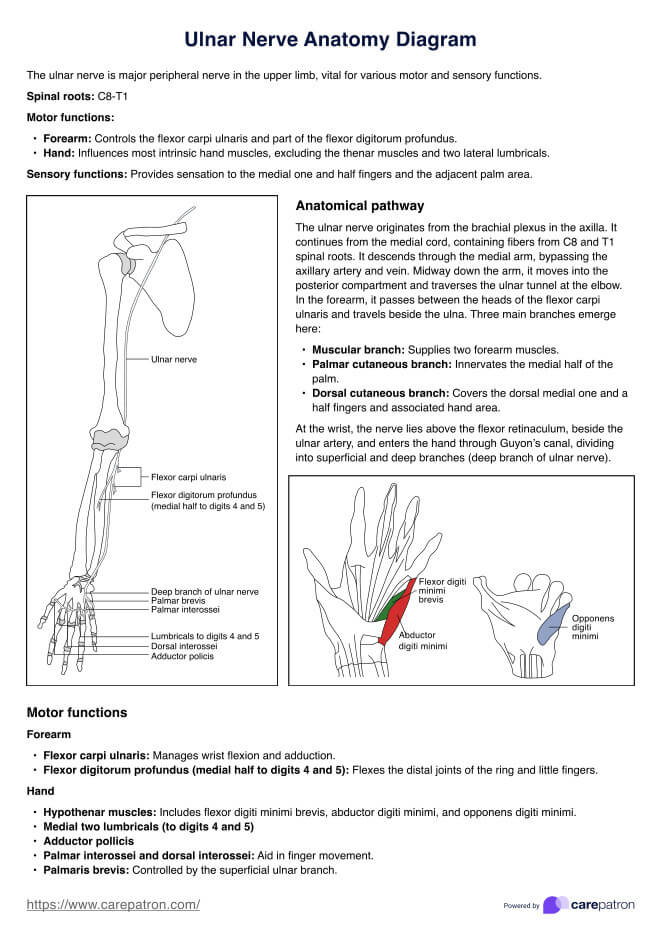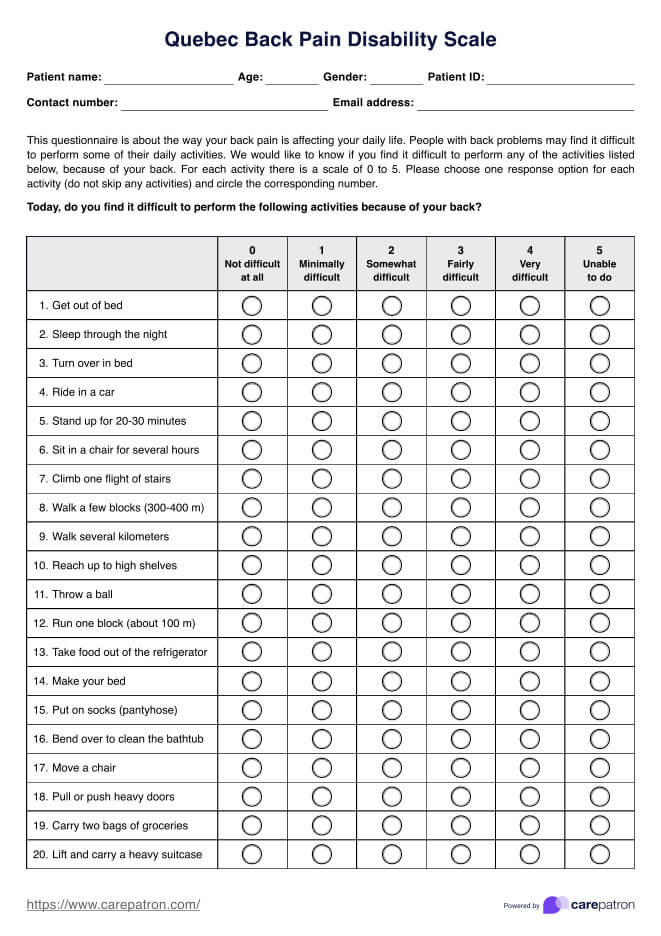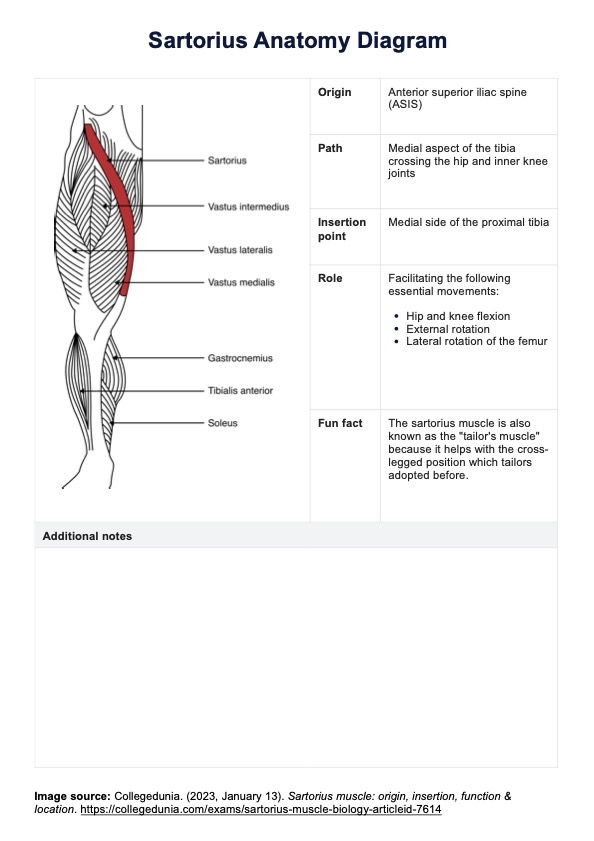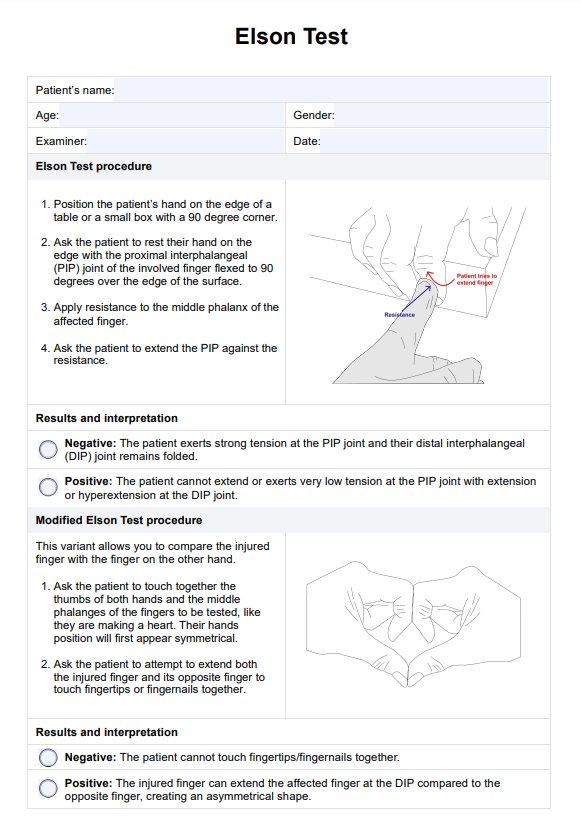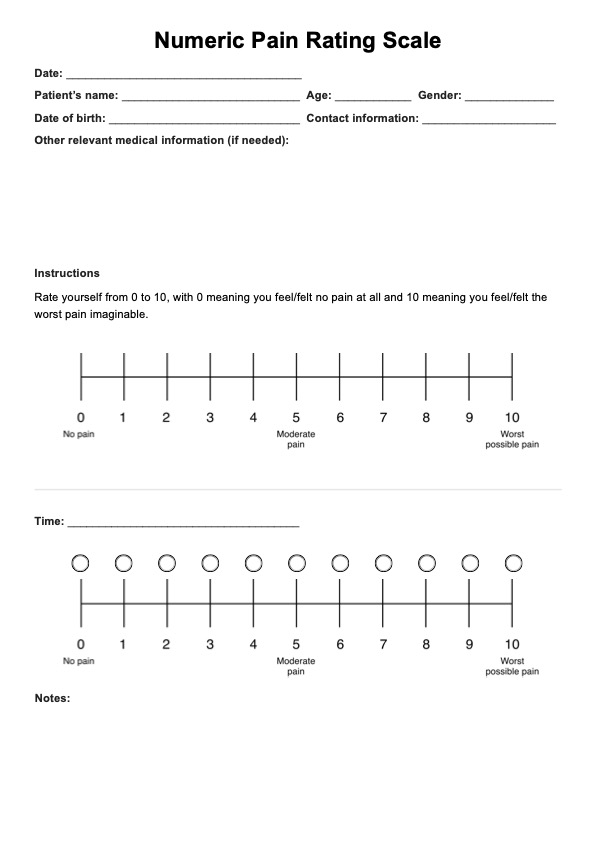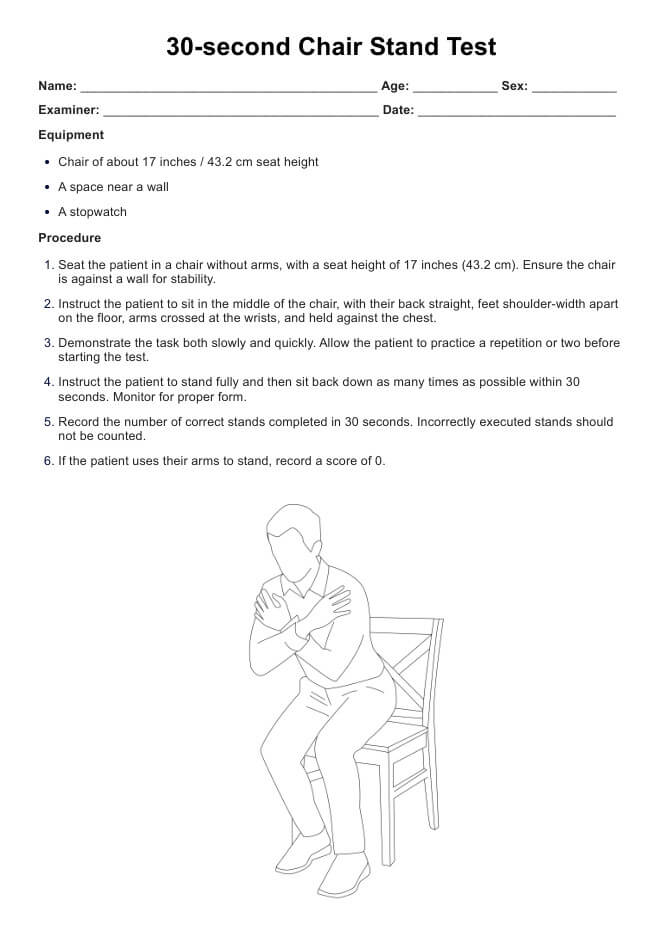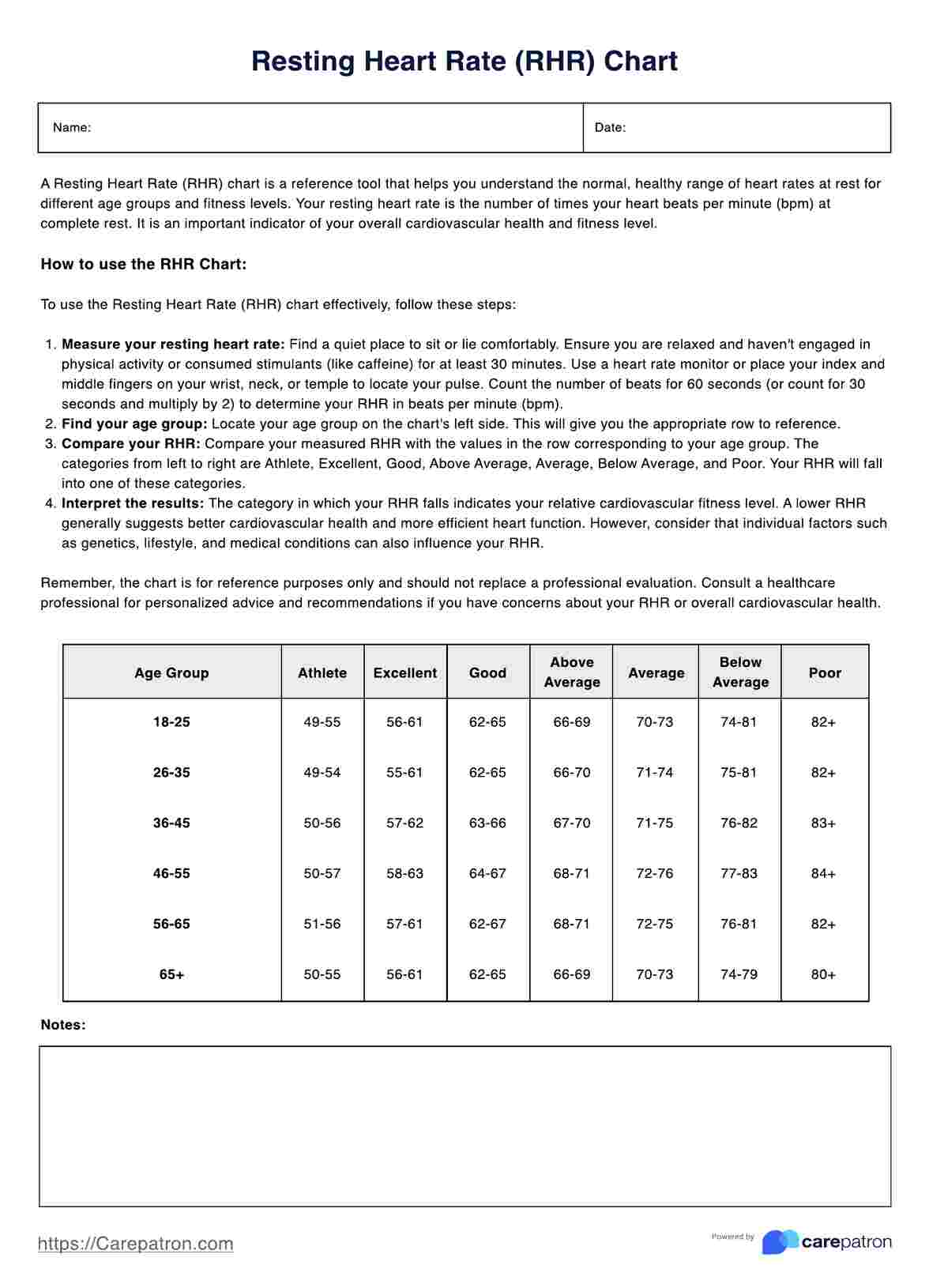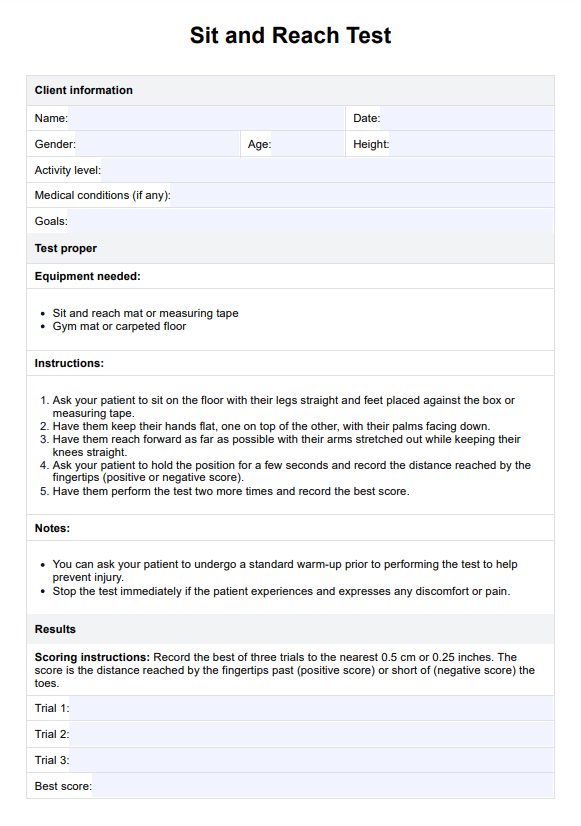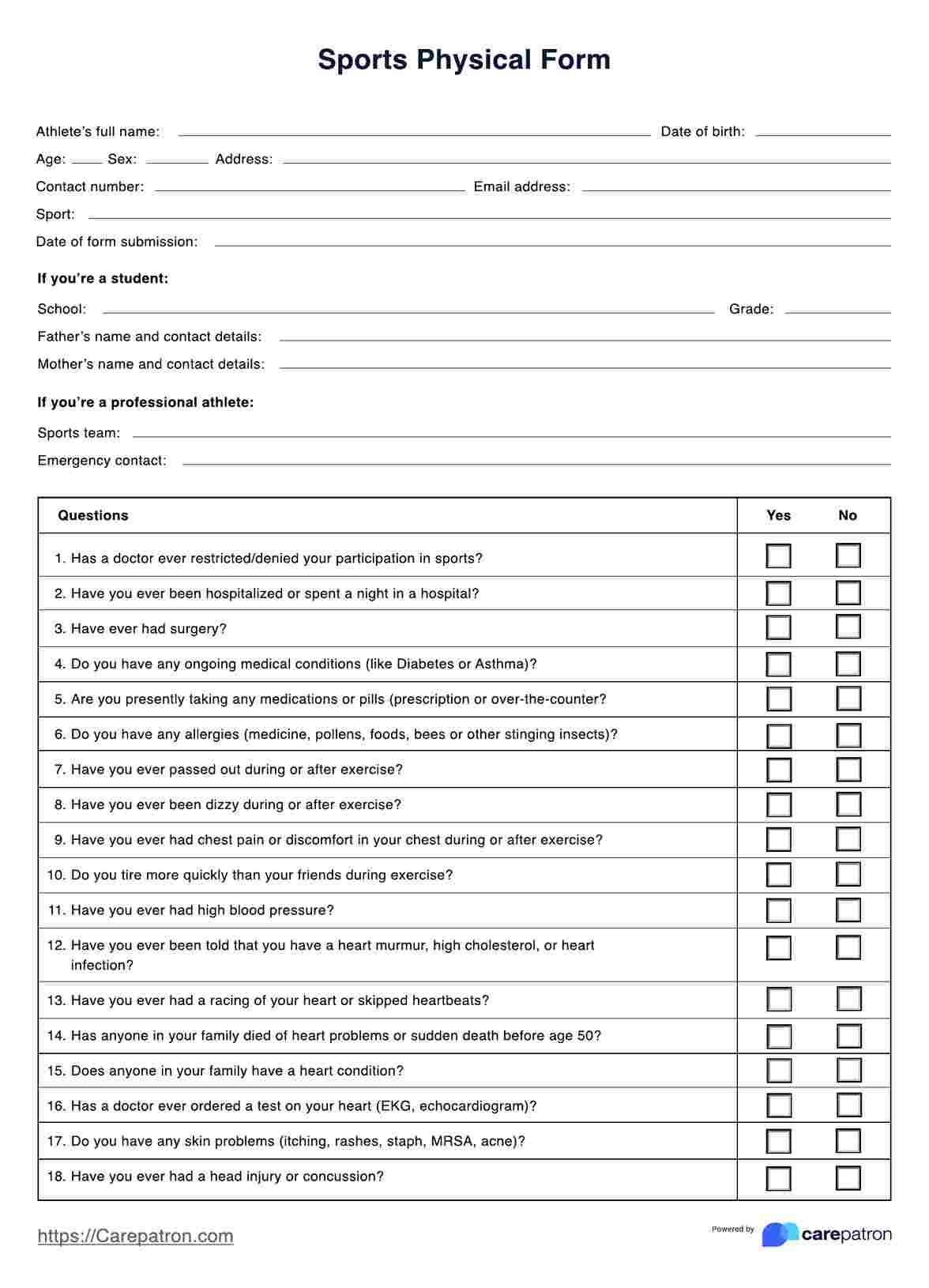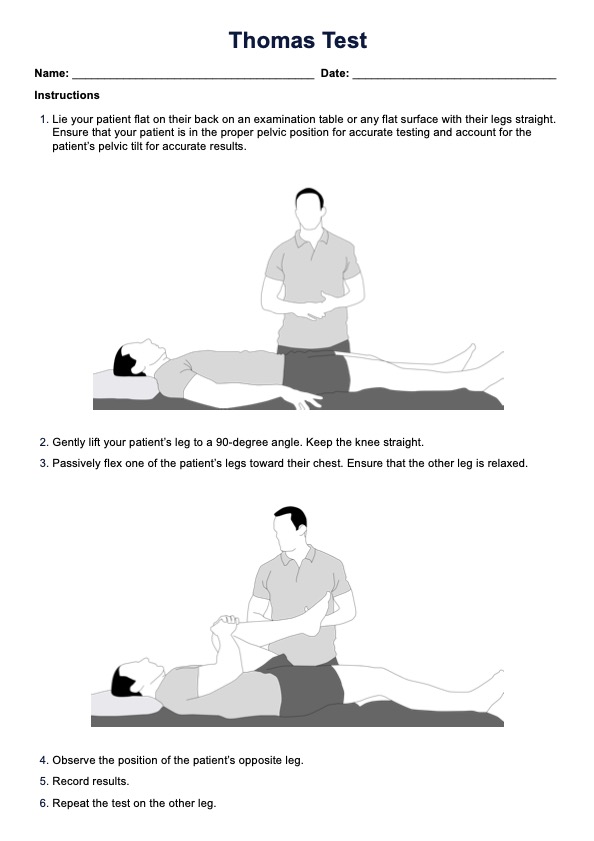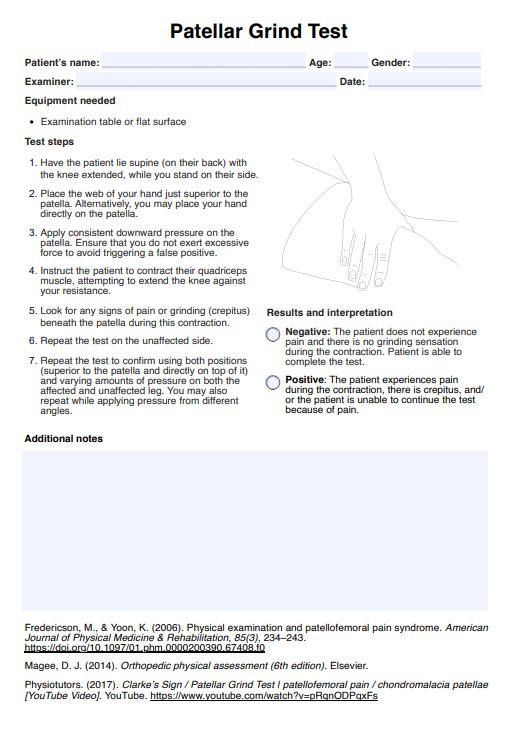Kleiger’s Test
If you have a patient complaining of ankle pain, you can perform the Kleiger’s Test to see if their problem is a medial ankle sprain! Learn more about the test from this guide.


What is the Kleiger's Test?
Ankle sprains rank among the most prevalent injuries, constituting approximately 25% of sports-related traumas. However, they are not exclusive to athletes; anyone can experience an ankle sprain anytime and in various, depending on your settings and circumstances.
A misstep while walking or running, an awkward twist while negotiating uneven terrain, or even a seemingly innocuous movement during sleep can result in an ankle sprain. Furthermore, situations such as foot entrapment under heavy objects or involvement in vehicular accidents significantly elevate the risk of experiencing this injury.
Characteristic symptoms of an ankle sprain include pain, weakness, and difficulty bearing weight on the affected limb following a twisting motion. While these indicators may be apparent upon observation, healthcare professionals utilize diagnostic techniques such as Klieger's Test to accurately assess patients for ankle sprains.
This test involves applying pressure and external rotation to the ankle joint, aiding healthcare providers in clinical evaluation and diagnosis of ankle sprains.
Check out this video to see how the Kleiger's Test is performed:
Kleiger’s Test Template
Kleiger’s Test Example
How to conduct the Kleiger's Test?
Before conducting Kleiger's Test, ensure that your testing space provides a comfortable examination bed or stable chair for your patient, as this physical examination technique necessitates the patient's seated position. Apart from this, no additional equipment is required; only your hands are necessary. Follow these steps:
- Seat your patient comfortably on the bed or chair, ensuring their knee is flexed at a 90-degree angle and their ankle is relaxed.
- Position yourself at the level of the ankle to be tested.
- Using one hand, stabilize the patient's leg from behind, focusing on the area of the tibia and fibula.
- With your other hand, grasp the patient's foot.
- Dorsiflex the foot.
- Secure the mortise of the ankle.
- Externally rotate the ankle. This action effectively opens the tibiofibular syndesmosis, a crucial component of ankle stabilization.
Adhering to these steps ensures the proper execution of Kleiger's Test. It's straightforward.
How do you interpret the results of Kleiger's Test?
Having mastered the proper execution of Kleiger's Test, it's crucial to understand how to interpret the findings accurately to guide patient care effectively.
During the external rotation of the ankle, if the patient experiences pain, the test result is considered positive.
Conversely, the test result is negative if the patient reports no discomfort during the procedure.
A positive designation warrants further evaluation, ideally by an orthopedic specialist, especially if the administering healthcare professional is not one. Orthopedists can determine the appropriate course of action, including potential surgical intervention, based on the patient's condition. Depending on the nature and description of the pain, additional diagnostic tests may be recommended to comprehensively assess the ankle and foot for any underlying issues.
When is the best time to conduct the Kleiger's Test?
Timing is crucial for accurate assessment and effective management in diagnosing ankle injuries. The Kleiger's Test is a valuable tool in the diagnostic arsenal, particularly for evaluating medial ankle sprains and lateral ankle sprains. This non-invasive assessment is best administered during a patient's initial consultation, especially if they present with complaints of ankle pain.
When patients express discomfort in their ankles, healthcare providers should delve deeper into the nature and localization of the pain. Symptoms such as difficulty walking or reluctance to bear weight on the affected foot may signify underlying ankle pathologies, prompting further evaluation. Incorporating Kleiger's Test into the examination protocol enables clinicians to gauge the likelihood of an ankle sprain, explicitly targeting the deltoid and anterior inferior tibiofibular ligaments.
It's important to note that while a positive Kleiger's Test result indicates the presence of an ankle sprain, it is only one facet of a comprehensive evaluation. Additional assessment modalities, including physical examination maneuvers and imaging studies, may be warranted to fully elucidate the extent of the injury and determine the optimal treatment strategy.
By conducting Kleiger's Test at the outset of the patient encounter, healthcare professionals can promptly identify ankle injuries and initiate timely interventions. This proactive approach enhances patient care and facilitates optimal outcomes by ensuring accurate diagnosis and targeted management of ankle pathologies.
Who can conduct Kleiger's Test?
While the instructions for Kleiger's Test may seem straightforward, its proper execution requires musculoskeletal assessment and clinical testing expertise. Therefore, this physical examination technique should only be performed by highly trained healthcare professionals specializing in orthopedics, podiatry, or related fields. These professionals include:
- Orthopedists and orthopedic surgeons
- Podiatrists
- Physical therapists
- Occupational therapists
- Physiotherapists
- Chiropractors
- Rehabilitation specialists
- Sports medicine physicians
These individuals possess a comprehensive understanding of the musculoskeletal system, including the anatomy and biomechanics of the ankle joint. They are proficient in accurately diagnosing conditions related to the lower extremities and are skilled in conducting various clinical tests, including stress tests like Kleiger's.
Given that Kleiger's Test involves dorsiflexion and external rotation of the ankle to assess the integrity of the anterior and posterior inferior tibiofibular ligaments, healthcare professionals with expertise in this area can perform the test safely and effectively. Their knowledge and experience minimize the risk of exacerbating pain or causing further injury to the ankle.
In summary, Kleiger's Test should be conducted by qualified experts who can accurately interpret the results and determine appropriate treatment plans based on the findings. Entrusting this task to trained professionals ensures patient safety and optimal outcomes in diagnosing and managing ankle injuries.
.png)
Benefits
Kleiger's Test offers numerous advantages in the clinical assessment and management of ankle injuries. From its cost-effectiveness to its role in guiding treatment decisions, this diagnostic tool provides valuable insights for healthcare professionals.
Let's delve into the benefits of Kleiger's Test and how it enhances patient care and outcomes.
Cost-effectiveness
Kleiger's Test is an inexpensive diagnostic tool requiring no specialized equipment. Healthcare professionals can perform the test using only a chair or examination bed, making it accessible and affordable for routine clinical use.
Ease of use
The simplicity of Kleiger's Test instructions facilitates its implementation by healthcare professionals. With straightforward guidelines, practitioners can swiftly conduct the test, saving valuable time during patient consultations. This efficiency allows for prompt assessment and diagnosis, contributing to timely treatment interventions.
Guiding treatment decisions
Despite providing surface-level results, Kleiger's Test outcomes are pivotal in guiding treatment decisions. By identifying the presence of ankle sprains through characteristic pain elicited during the test, healthcare teams can initiate appropriate treatment strategies.
Furthermore, the test results prompt further evaluation, including additional physical examination techniques and imaging studies, to comprehensively assess the severity of the condition and determine the most suitable management approach.
Monitoring patient progress
Klieger's Test can be repeated during follow-up appointments to monitor patient progress. By reassessing ankle pain levels and responses to the test, healthcare providers can gauge the effectiveness of the treatment plan.
Improvement in pain levels suggests successful rehabilitation, while persistent or worsening pain may necessitate treatment adjustments to optimize patient outcomes. This iterative process ensures proactive management and tailored interventions based on evolving patient needs.
Commonly asked questions
Kleiger's Test is reliable for assessing ankle sprains when used as a comprehensive examination.
The Kleiger's Test may cause discomfort, particularly if the patient has an ankle sprain, but it should not be excruciating when performed correctly.
Kleiger's Test should be performed by trained healthcare professionals familiar with musculoskeletal assessments, and stress tests should not be conducted on anyone without proper expertise.


